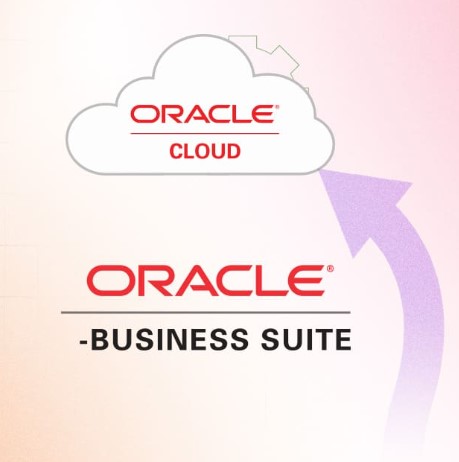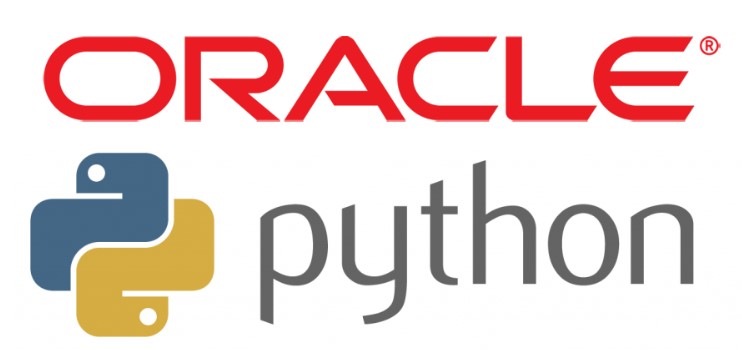Reading Time: 7–9 minutes
As businesses increasingly integrate Artificial Intelligence into their ERP systems, the benefits are undeniable—faster decision-making, smarter automation, and improved efficiencies. But with great power comes great responsibility. AI introduces new data vulnerabilities, from biased models to unauthorized data access. If you’re not actively safeguarding your ERP data while using AI, you could be opening the door to costly breaches, compliance issues, and operational risks.
So, how do you strike a balance between innovation and protection? In this article, we’ll dive into the essential strategies to secure your ERP data while fully leveraging the potential of AI technologies.
Why ERP Data Security Becomes More Complex with AI
ERP systems are the backbone of operations—housing sensitive information on finances, supply chains, HR, and more. When AI tools are introduced, data is often pulled, analyzed, and processed outside of traditional ERP controls. This can lead to:
- Data leakage risks during AI model training
- Insecure third-party integrations
- Shadow AI usage without IT oversight
- Compliance gaps in privacy regulations (e.g., GDPR, HIPAA)
Core AI-Related Threats to ERP Data
- Data exposure during AI training
Training AI models requires access to large datasets, which may be stored or processed externally. - Uncontrolled data access
AI tools often integrate with APIs and plugins, increasing the chance of unauthorized access. - Bias and model manipulation
If sensitive ERP data is used in training without proper governance, AI outcomes may be biased—or even corrupted. - Third-party vulnerabilities
Vendors offering AI tools may not follow your company’s data security standards.
Step-by-Step: How to Secure ERP Data in AI-Driven Environments
1. Conduct a Data Classification Audit
- Identify sensitive ERP data fields (e.g., employee PII, financials)
- Categorize what can and cannot be used for AI training
- Use data masking for any confidential fields
2. Use AI-Specific Access Controls
- Implement Role-Based Access Control (RBAC) and Attribute-Based Access Control (ABAC)
- Use IAM platforms to monitor and restrict AI tool access
3. Adopt Federated Learning When Possible
- Keep ERP data on-premise while still training models using federated learning methods
- Ensures models learn without compromising raw data
4. Monitor AI Tools with Security Event Logging
- Use tools like Splunk, Elastic Security, or Azure Sentinel to monitor data flow from ERP to AI systems
- Set up alerts for unauthorized access or anomalies
5. Establish Vendor Risk Management Policies
- Only use AI solutions from vendors who are SOC 2, ISO 27001, or NIST-compliant
- Conduct regular audits and request data flow documentation
6. Encrypt Everything—At Rest and In Transit
- Use enterprise-grade encryption for ERP databases (Oracle TDE, SAP HANA Encryption)
- Secure AI pipelines using TLS, HTTPS, and VPN protocols
7. Deploy AI-Specific Governance Platforms
- Tools like DataRobot MLOps, MLflow, and Seldon provide governance, version control, and audit logs
- Helps track where data is used and how models evolve
8. Educate Your Teams
- Conduct regular training for ERP and AI teams on data handling, security protocols, and ethical AI use
Tools, Languages, and Frameworks Involved
- Programming Languages: Python, Java (for ERP-AI integrations)
- Libraries: Scikit-learn, TensorFlow, PyTorch (with privacy add-ons)
- Security Platforms: Azure Security Center, AWS GuardDuty, Oracle Data Safe
- Data Governance: Apache Atlas, Microsoft Purview
- Model Monitoring: MLflow, Neptune.ai
- ERP-specific Tools: Oracle Identity Management, SAP GRC, IFS IAM
Real-World Use Case
Company: Multinational manufacturer using SAP S/4HANA + custom AI forecasting
Problem: AI demand forecasting tools were storing sensitive production data off-cloud
Solution: Introduced federated learning and enforced SAP’s Identity and Access Governance tool to ensure local data stayed secure
Result: Achieved AI model accuracy goals while maintaining full compliance with internal security standards and GDPR
Final Thoughts
AI can revolutionize your ERP system—but only if implemented responsibly. With the right tools, practices, and frameworks, you can harness the power of AI while keeping your enterprise data secure. Whether you’re on Oracle, SAP, or IFS, securing your data is no longer optional—it’s a competitive necessity.
🚀 Want more strategies like this?
👉 Subscribe to our newsletter
🔍 Check out more AI + ERP insights at futureoferp.com
📢 Share this article with your IT and security team—it could save your ERP from a data breach!



